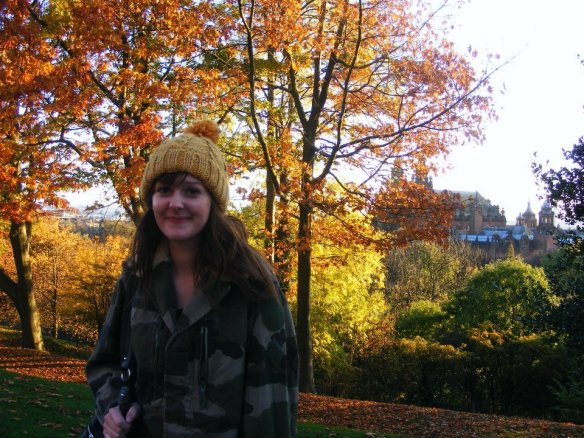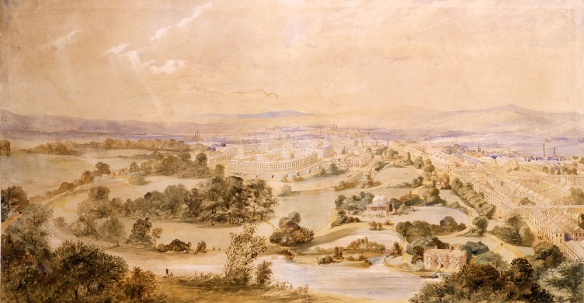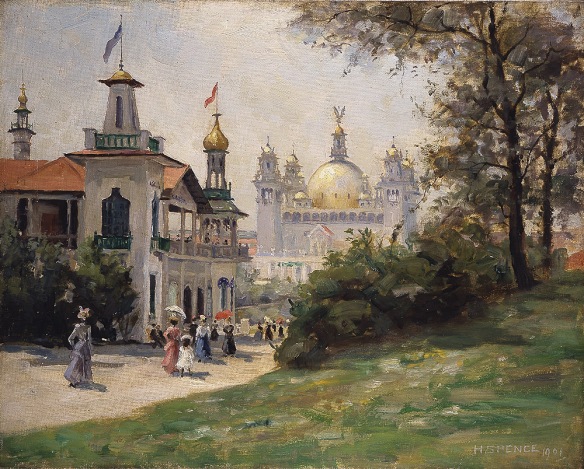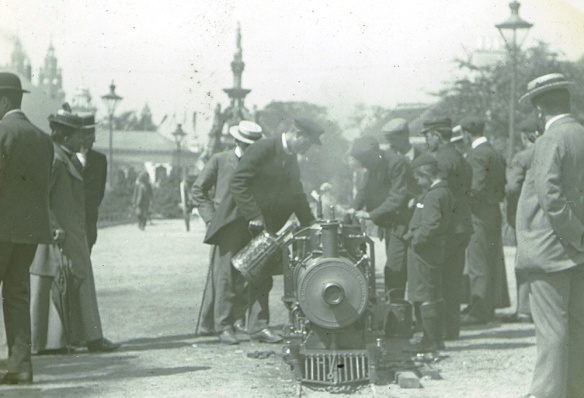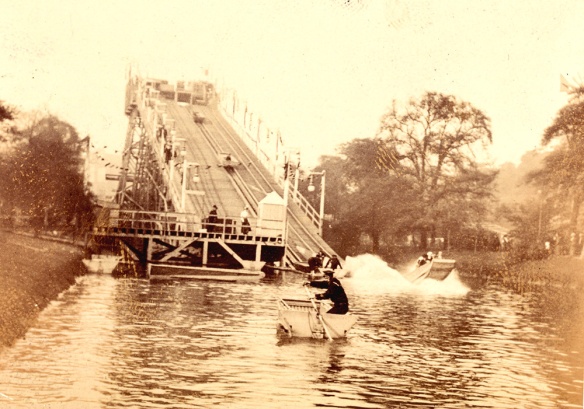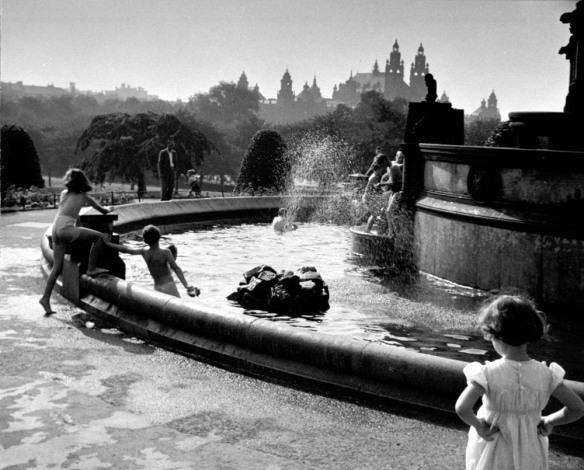Glasgow Science Festival’s weekend of science at the Kelvingrove Art Gallery & Museum is one of the festival’s flagship family events. I sat down for a chat with four researchers involved in this year’s event to see how they’ll be sharing their research with the public. Public engagement is a rapidly growing priority in universities. It is vital for explaining the work of researchers to wider audiences, helping to generate funds for research and encouraging young people to consider careers in science.
Public engagement is a rapidly growing priority in universities. It is vital for explaining the work of researchers to wider audiences, helping to generate funds for research and encouraging young people to consider careers in science.
The University of Glasgow’s Public Engagement Group has been in place for 19 years, and focuses on Science, Technology, Engineering, Maths and Medicine (STEMM). Over the last ten years the Group has raised over £3m and reached more than half a million people in outreach projects. Glasgow Science Festival (GSF) is the West of Scotland’s headline annual event, bringing a diverse range of events to more than 50,000 people every June since 2007. The ninth annual Festival kicks off on Thursday and will run until 14th of June.
Since 2012, the University of Glasgow Public Engagement Group has led an internship programme for researchers to participate in Glasgow Science Festival. The festival team works with small groups of postgraduate research students from across the Colleges, mentoring them as they develop and deliver an engagement activity at the festival.
One of this year’s groups represents a wide range of disciplines, from stem cell research to ageing – but they have created activities for the Festival which, broadly speaking, focus around the so-called Glasgow Effect.
“The Glasgow effect refers to the dismally low life expectancy of people in Glasgow compared to elsewhere in the UK or Europe,” says Kirstyn Brunker, a disease ecologist who investigates how diseases interact with their environment:
“We still don’t know why it’s much worse in Glasgow, since studies have shown that it’s not all down to poverty, poor diet or drug abuse… It remains a bit of a mystery.”
One of the key components of the interns’ event at Kelvingrove Art Gallery & Museum is yoga and the positive benefits it can have for your health. Ana Costa is a PhD student working in electrophysiology and cell engineering with a special interest in the heart – she looks at stem cells (“cells obtained from the skin, which are then treated to behave like heart cells“) and studies the potential negative side effects of using them for medical purposes:
“Our event at the Kelvingrove Museum aims to show participants that making healthy choices is easier than it looks, and that sometimes even a little session of yoga can help a lot!”
Ana will be showcasing (and explaining the benefits) of yoga poses designed specifically to help your heart – so-called heart opening poses.
Rachael Hewitt is looking at things from a different angle, currently completing a PhD focusing on senescence cells – cells which accumulate in our bodies as we age and impact upon how our cells and organs work:
“Understanding how we age will help develop new treatments for age-associated diseases such as cancer,” she says. She’ll be demonstrating two apps to test ageing at Kelvingrove – one which tests reaction times, and another which predicts your age based on a photograph of your face – “i.e. how young do I really look?!”.
Despite widespread disparity in life-expectancy across Glasgow, the average age of the population is growing. “Understanding the factors involved in improving longevity in Glasgow are vital,” she says.
All of the interns believe in the importance of public engagement. Dr Elaine Leung, a medical doctor, now a PhD student researching cancer-killing viruses, has been a STEMM ambassador since 2012.
“It is our duty to engage the public about our research as scientific researchers. A large proportion of research is publicly funded – we have an obligation to communicate to the widest audience about what we do in a way that non-specialists can understand.”
Rachael agrees that there is an important link between funding and engagement, adding that it is “the public who will ultimately benefit from our research.”
Inspiring a new generation of people to get involved with scientific research is a primary motivation for all the researchers I spoke to.
“Highlighting the importance of what we do can inspire and encourage young people to consider careers in science in the future,” says Elaine. Family events, such as GSF’s science weekend at Kelvingrove are specifically geared toward this.
The event at Kelvingrove promises to be both informative and entertaining, with activities ranging from dinosaur hunting to sensory illusions. If you’d like to join Ana, Elaine, Kirstyn, Rachael and others, pop into Kelvingrove on the afternoon (1.30-4.30pm) of the 7th of June. There will be more science activities on 6th June at the same time.

